Bone Marrow Stem Cell Treatment in Argentina: Procedure, Benefits & Safety
.png)
Argentina is world-renowned for its passion for sports, from polo to football. But behind the athletic prowess of its national teams lies a robust medical infrastructure specializing in orthopedics and sports medicine. As athletes seek faster recovery times and alternatives to surgery, Bone Marrow Aspirate Concentrate (BMAC) stem cell therapy has emerged as a gold standard treatment in Buenos Aires and beyond.
You may be considering this treatment for chronic knee pain, a torn rotator cuff, or hip arthritis, but the high costs in the US or Europe can be prohibitive. Argentina offers a compelling alternative: top-tier medical expertise combined with significant economic advantages. But how exactly does it work down south? Is it safe? And what are the regulations?
In this comprehensive guide, we will walk you through the biological mechanisms of BMAC, the specific step-by-step procedure as performed in Argentine clinics, and the regulatory environment overseen by INCUCAI that ensures patient safety.
What is Bone Marrow Aspirate Concentrate (BMAC)?
To understand why this therapy is effective, we must first look at the biology of the bone marrow. Your bone marrow is the factory of your blood system, located in the hollow center of your bones. It is rich in two types of powerful stem cells:
- Hematopoietic Stem Cells (HSCs): These create blood cells.
- Mesenchymal Stem Cells (MSCs): These are the "builders" capable of regenerating cartilage, bone, and connective tissue.
However, simply taking liquid marrow and injecting it isn't enough because the concentration of stem cells in raw marrow is relatively low. BMAC therapy involves processing this aspirate to remove excess plasma and red blood cells, leaving behind a super-concentrated "soup" of stem cells, platelets, and growth factors. When injected into an injury, this concentrate signals the body to repair damage and reduce inflammation aggressively.
How is the BMAC procedure performed in Argentina?
In Argentine clinics, the protocol for BMAC is standardized and typically takes about 2 to 3 hours from start to finish. Here is the patient journey:
- Harvesting (Aspiration): You lie face down, and the doctor applies local anesthesia to the posterior iliac crest (the back of your hip bone). A specialized needle is inserted to draw out roughly 60ml of bone marrow aspirate. While it sounds intense, most patients report only feeling pressure, not sharp pain.
- Processing (Centrifugation): The harvested marrow is placed in a centrifuge machine right in the operating room or adjacent lab. It spins at high speeds to separate the layers. The "buffy coat"—the layer containing the stem cells and platelets—is extracted.
- Injection: Using high-resolution ultrasound or fluoroscopy (X-ray guidance), the concentrated cells are injected directly into the damaged meniscus, tendon, or joint space. This ensures the cells are placed exactly where they are needed.
Why is Argentina a top destination for BMAC therapy?
Argentina's reputation in medicine is historically strong; the country has produced three Nobel Prize winners in science and medicine. In the realm of regenerative medicine, Argentine doctors are often at the forefront of sports injury treatments due to the country's intense sporting culture.
Many orthopedic surgeons in Buenos Aires have completed fellowships in the US or Europe and utilize the exact same FDA-cleared centrifuge systems used in New York or London. The difference lies in the economics. The cost of labor and facility fees in Argentina is significantly lower, and the exchange rate for the US Dollar or Euro is very favorable for tourists.
What is the cost of BMAC stem cell therapy in Argentina?
Cost transparency is a major benefit when dealing with clinics in Argentina. Unlike the US system where hospital fees can be unpredictable, Argentine clinics usually offer "package pricing" for international patients. This typically includes the pre-op consultation, the procedure, the facility fee, and post-op follow-ups.
| Region | Estimated Cost (Single Joint) | Includes Hospital Fees? |
|---|---|---|
| Argentina | $3,000 - $5,000 | Yes |
| United States | $8,000 - $15,000 | Variable |
| United Kingdom | $7,000 - $10,000 | Yes |
| Mexico | $4,000 - $7,000 | Yes |
Is BMAC therapy regulated in Argentina? (INCUCAI)
Argentina is not an unregulated "wild west" for stem cells. The governing body, INCUCAI, is known for being strict. They differentiate between "experimental" mass-produced cells and "autologous" (patient's own) cells.
BMAC is permitted because it is an autologous procedure where the cells are not manipulated or expanded in a lab for weeks; they are harvested and re-injected during the same surgical session. This falls under the category of medical practice rather than drug manufacturing, provided the clinic meets hygiene and safety standards. This regulation provides peace of mind that you are receiving a legitimate biological treatment, not an unproven cocktail.
What conditions are treated with BMAC in Argentina?
The vast majority of patients traveling to Argentina for BMAC are seeking orthopedic relief. The therapy is most effective for conditions where there is poor blood flow or chronic inflammation that prevents natural healing.
Top indications include:
- Knee Osteoarthritis: Reducing pain and regenerating cartilage surface in Grade 2 and 3 arthritis.
- Rotator Cuff Tears: Helping partial tears heal without surgery.
- Avascular Necrosis (AVN): Restoring blood supply to dying bone tissue, particularly in the hip.
- Non-Union Fractures: Helping broken bones that refuse to knit together.
What is the recovery time after BMAC in Argentina?
Because BMAC is minimally invasive, it doesn't require the months of rehab associated with joint replacement surgery. However, "regenerative" means the body needs time to build new tissue.
Typical Recovery Timeline:
- Days 1-3: Soreness at the hip (harvest site). Rest is recommended.
- Week 2: Inflammation in the joint subsides. Physical therapy usually begins.
- Weeks 6-12: This is when most patients begin to feel significant pain relief and improved function as the stem cells exert their biological effect.
Can I combine BMAC with other treatments?
It is very common in Argentine protocols to mix BMAC with PRP. While BMAC provides the seeds (stem cells), PRP provides the fertilizer (growth factors). This combination is believed to enhance the survival rate of the stem cells once they are injected into the hostile environment of an arthritic joint. Since PRP is made from a simple blood draw, it adds very little time or risk to the main procedure.
Are there risks or side effects?
The beauty of autologous therapy is the safety profile. Your body will not reject its own bone marrow. The risks are procedural—meaning they are related to the needle use. However, by choosing a reputable clinic in Buenos Aires that operates under sterile surgical conditions and uses image guidance, these risks are negligible.


.png)
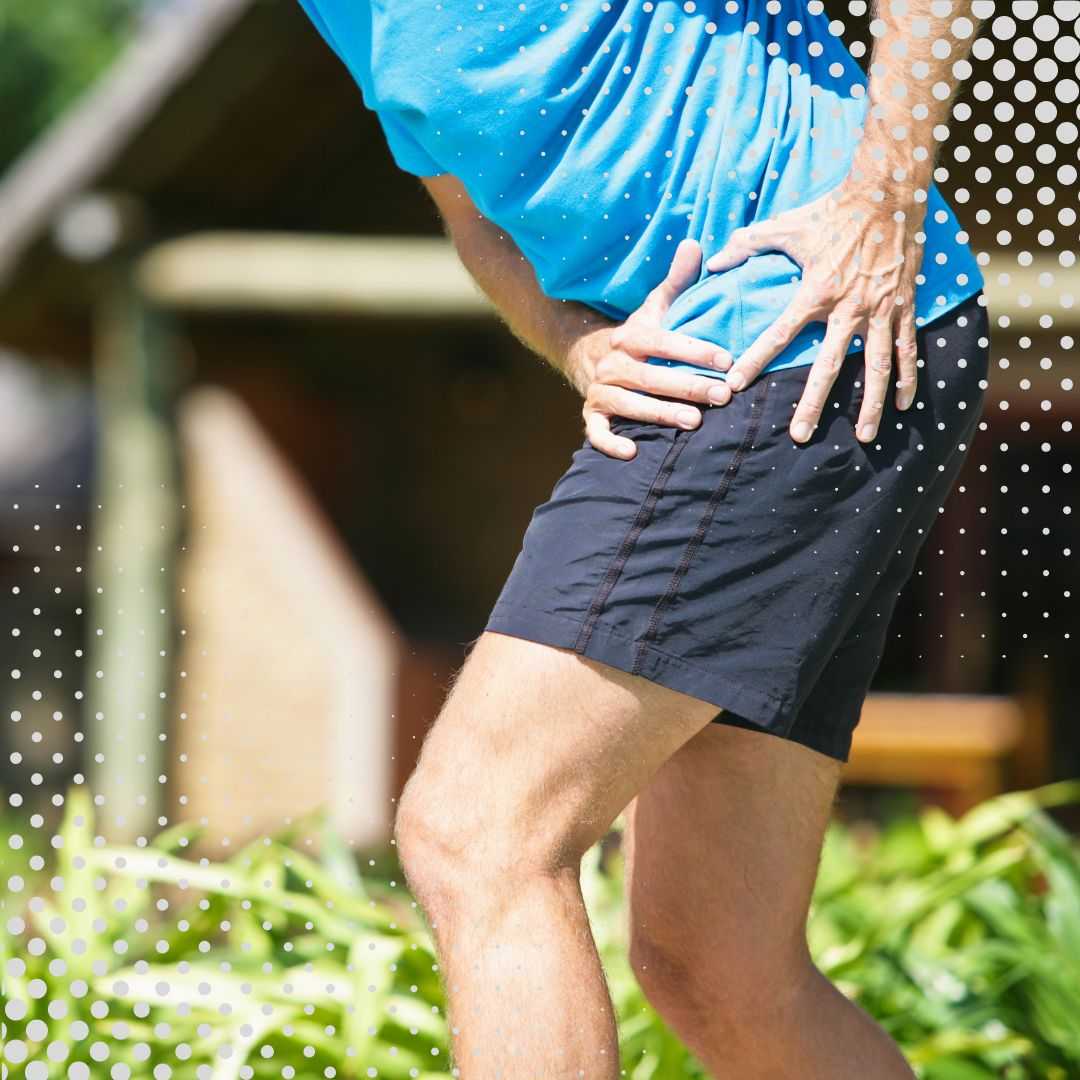
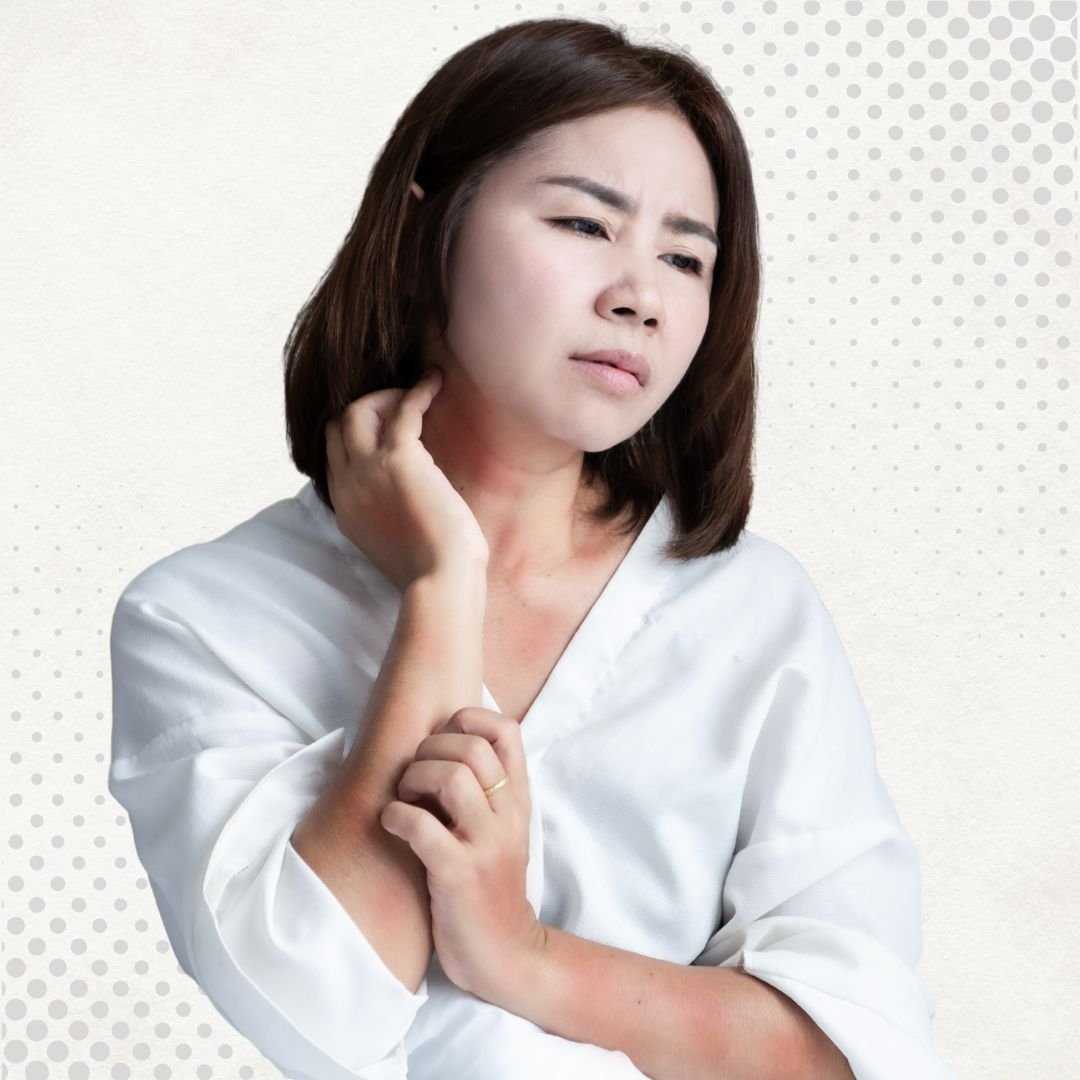

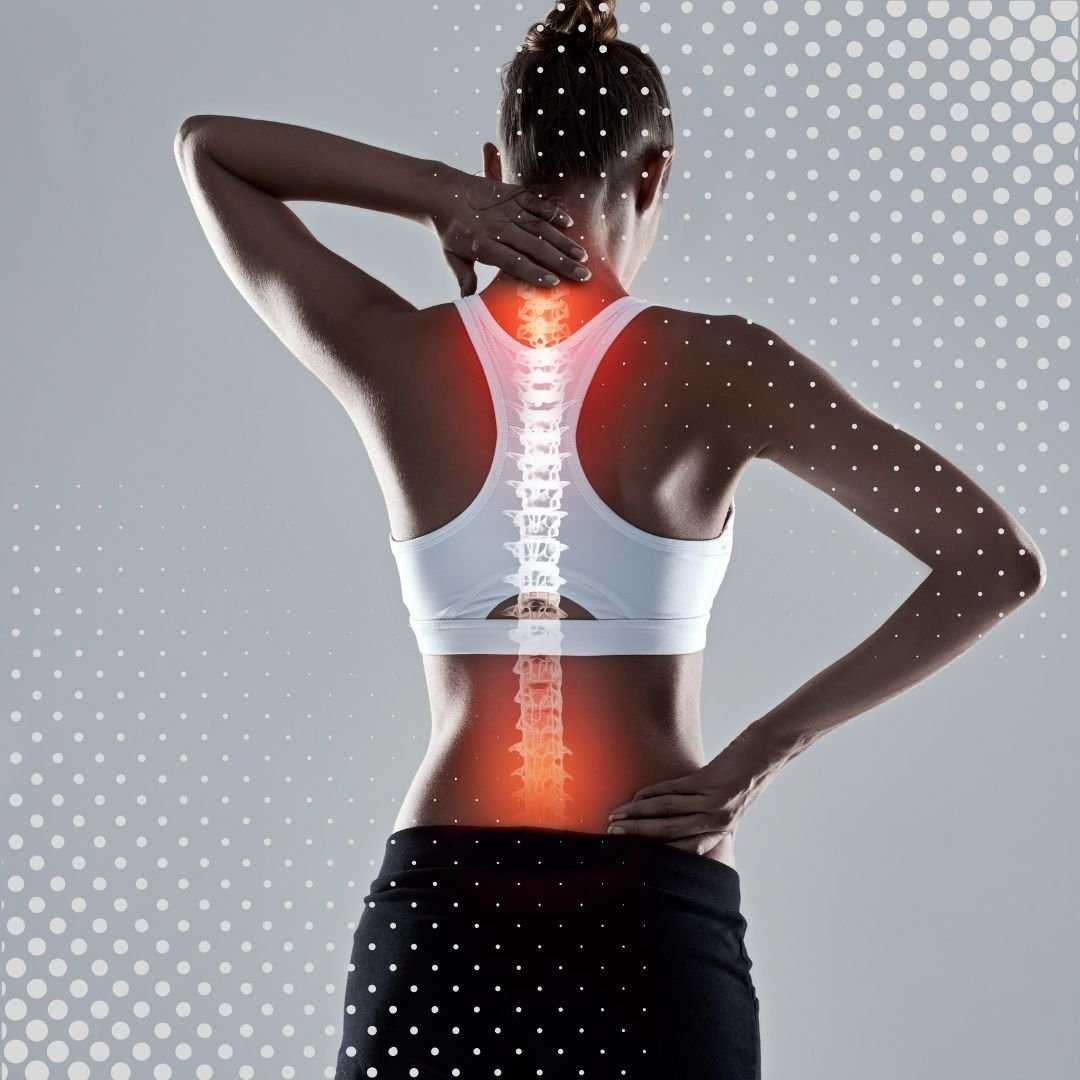
.jpg)
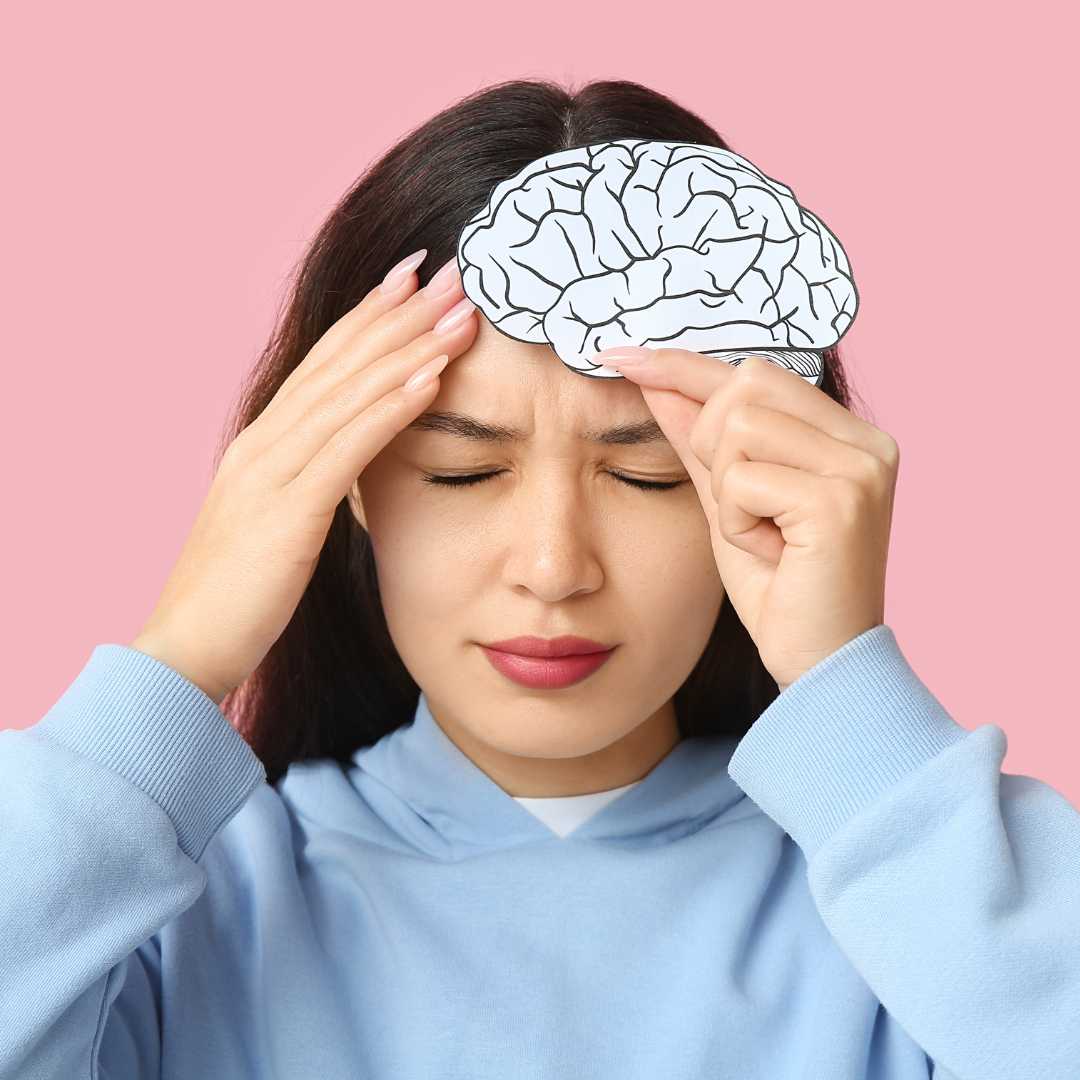

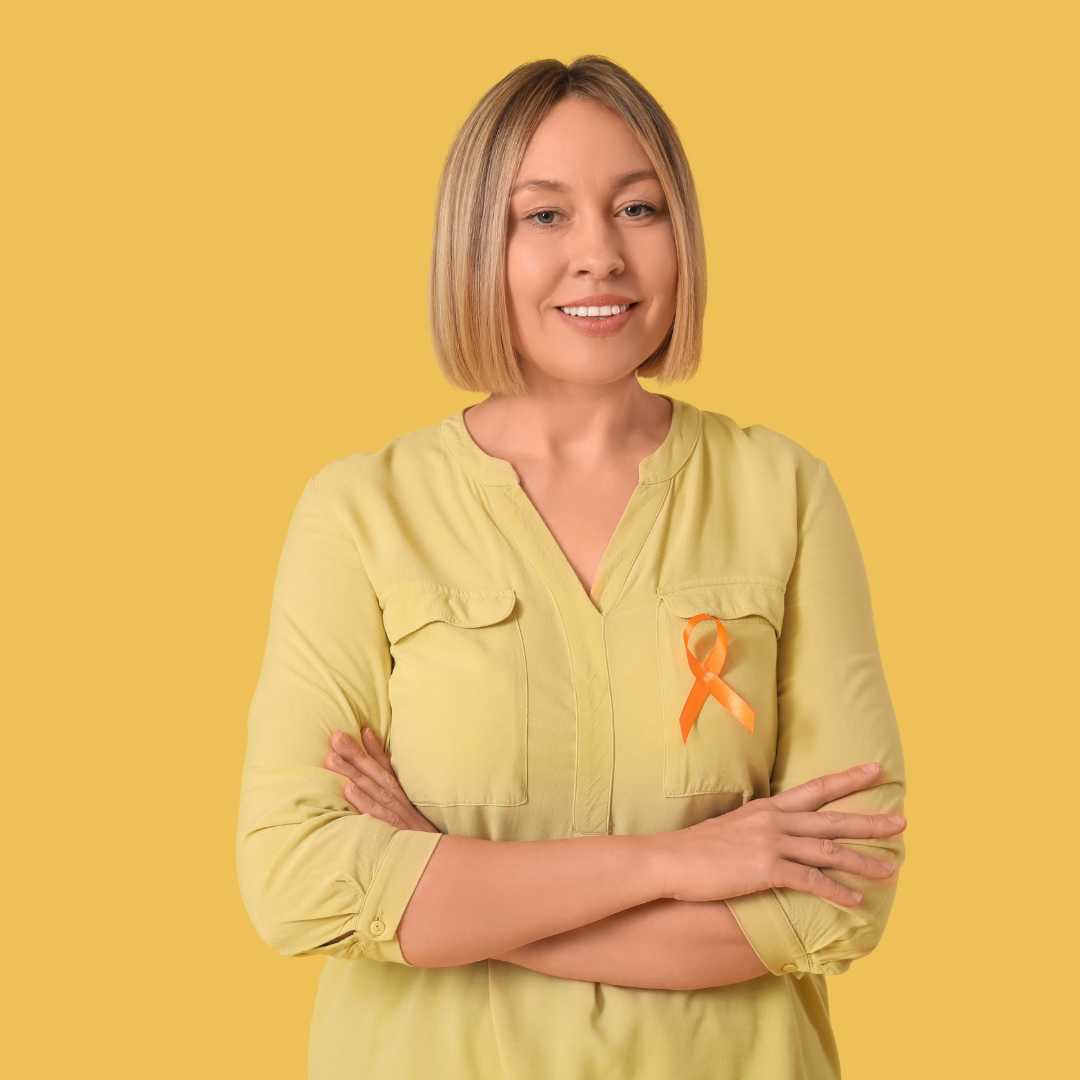
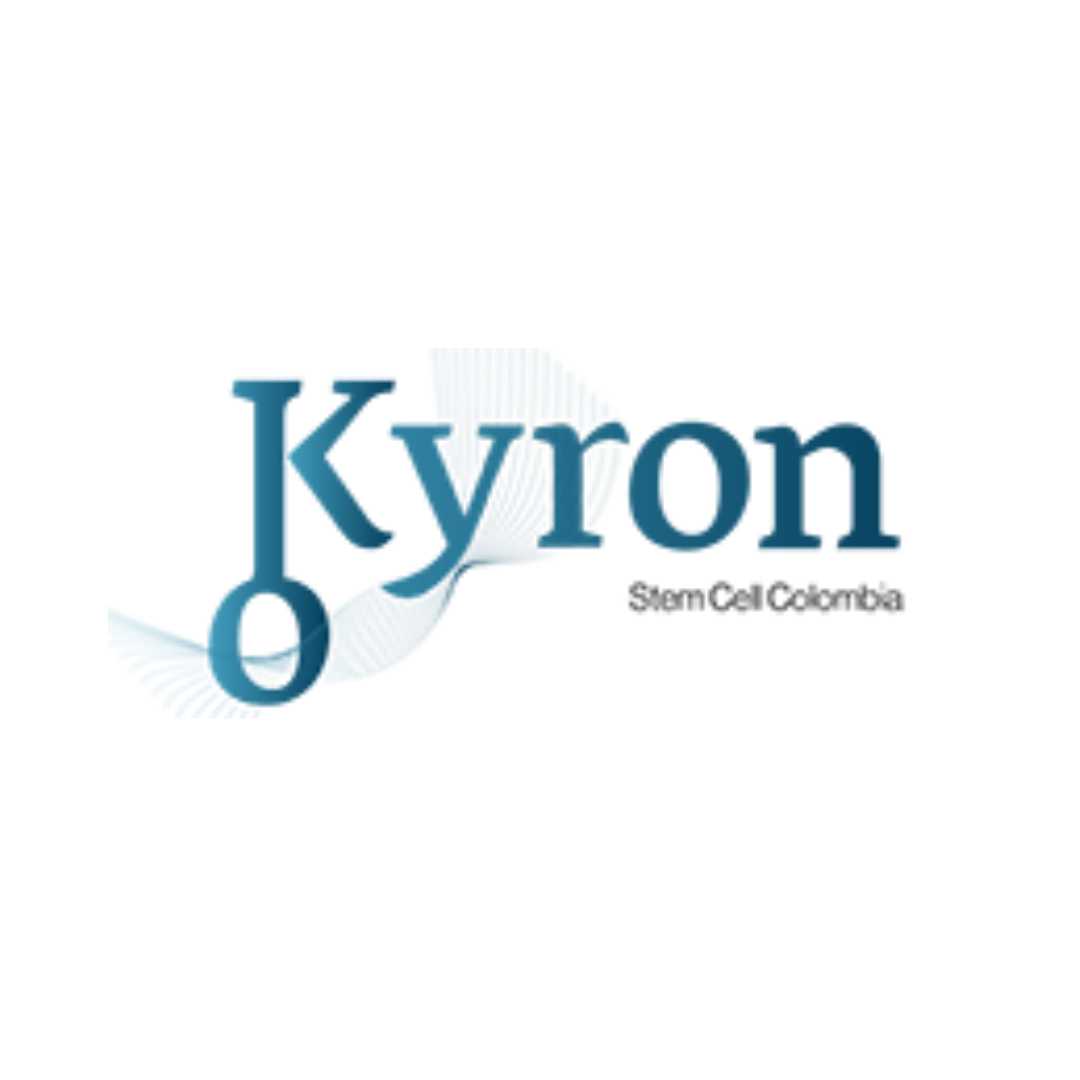


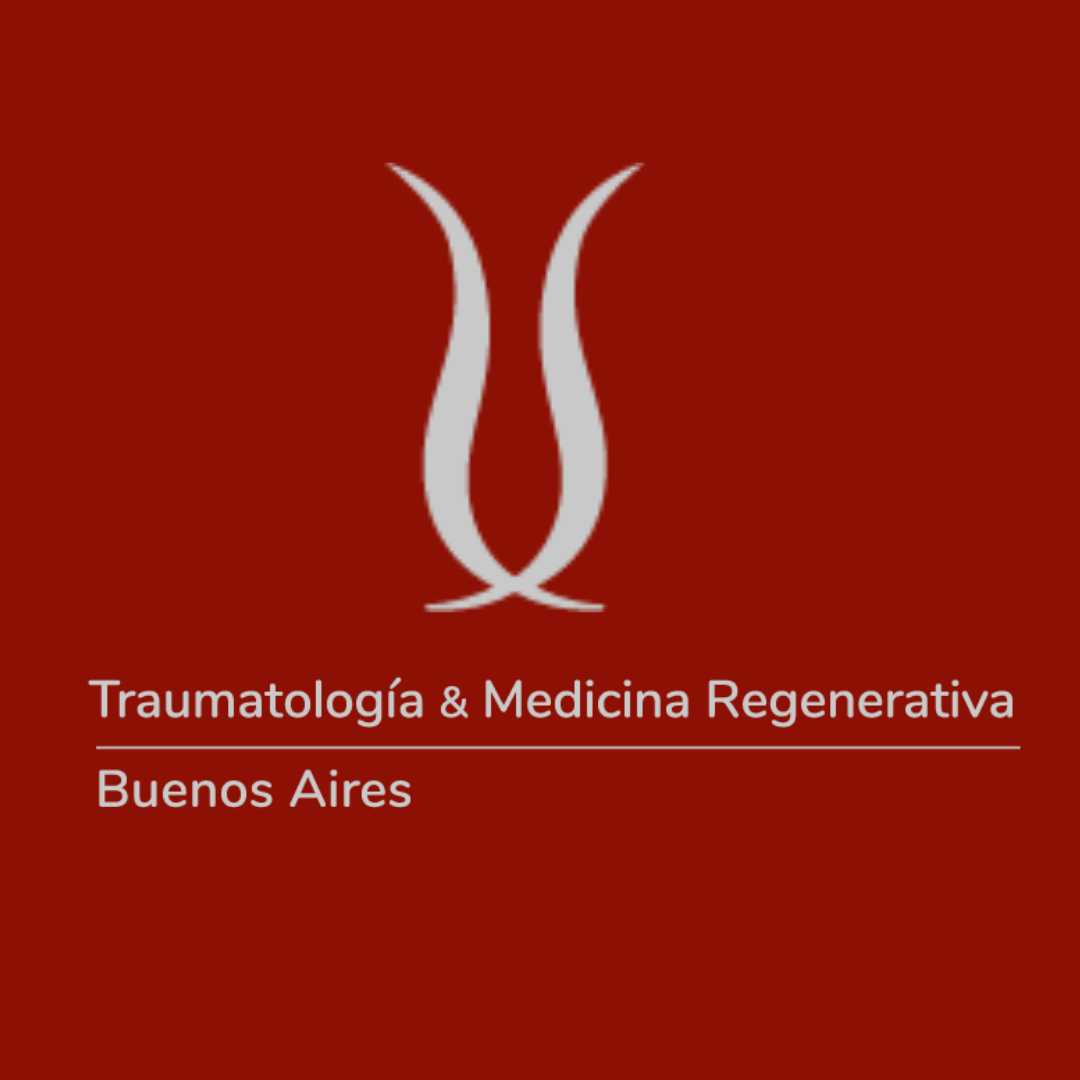
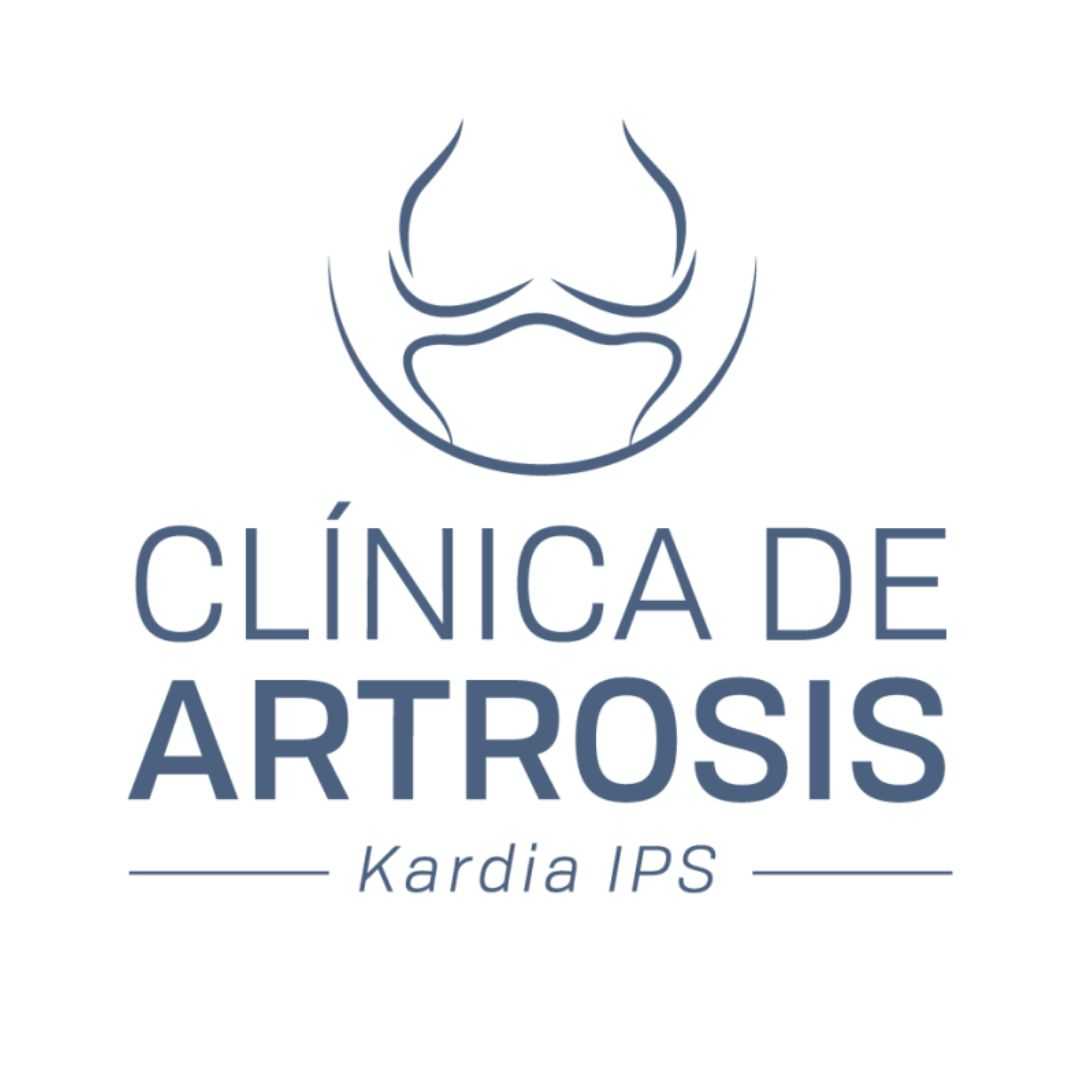

Share this listing